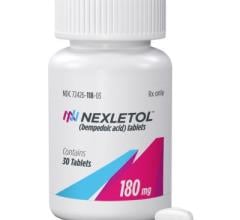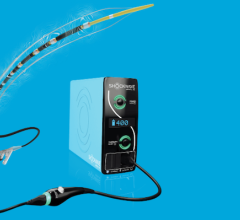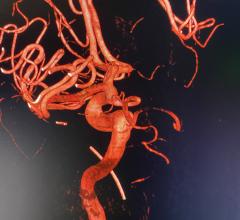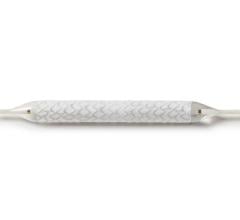September 7, 2010 – Enrollment started in the Endovascular Atherectomy Safety and Effectiveness (EASE) study to evaluate the safety and effectiveness of the Phoenix Atherectomy catheter. The minimally invasive device treats peripheral arterial disease (PAD) in the legs. The U.S. Food and Drug Administration (FDA)-approved investigational device exemption (IDE) clinical trial will enroll 90 patients at up to 20 clinical sites.
The first patient was treated by Craig Walker, M.D., an interventional cardiologist and medical director of the Cardiovascular Institute of the South in Houma, La. "The Phoenix Atherectomy device created a large, smooth channel in a totally occluded anterior tibial artery with no evidence of distal debris,” he said. “The device was easy to prep and quite easy to use. I am optimistic that this will be a useful tool in the treatment of atherosclerotic disease.”
The Phoenix is designed to cut, capture and convey arterial plaque into an external bag visible to the physician. The catheter is front-cutting and has a unique deflectable tip engineered to treat a range of blood vessel sizes with a single insertion of one, single-use device.
"We are excited to enroll the first patient in the EASE study to evaluate this promising new atherectomy technology," said Tom Davis, M.D., interventional cardiologist and director of peripheral interventions and disease at St. John’s Hospital in Detroit and the principal investigator for the EASE study. "I am enthusiastic about the potential for the Phoenix catheter to treat a wider range of arteries and disease with a single catheter. This technology could play a very impactful role in treating limb salvage patients and reducing leg amputations.”
The Phoenix Atherectomy catheter has CE mark in Europe.
For more information: www.atheromedinc.com

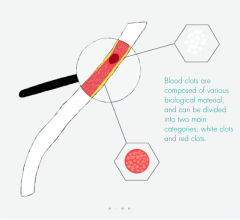
 December 16, 2024
December 16, 2024 
